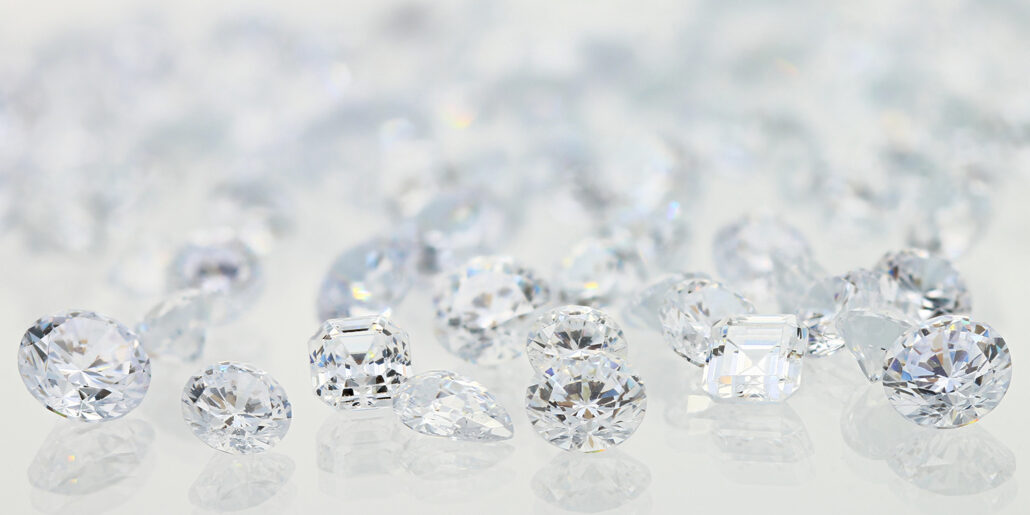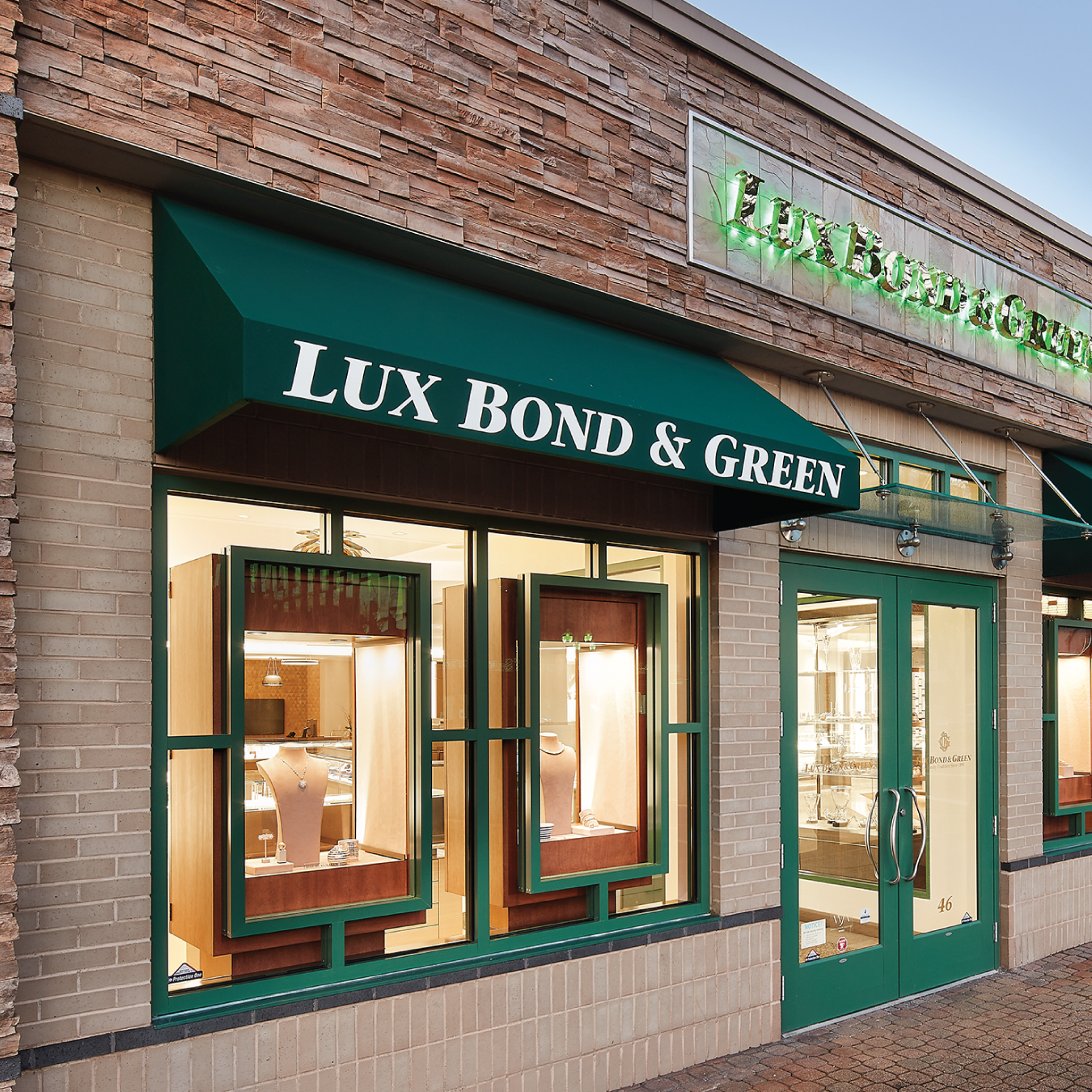
lUX BOND & GREEN & SYNTHETIC/LAB GROWN DIAMONDS

LUX BOND & GREEN
SOUND BUSINESS PRACTICE
SYNTHETIC/LABORATORY GROWN DIAMONDS
The conversation concerning synthetic diamonds continues to spread and evolve and we want our customers to understand our position on laboratory-grown diamonds. Synthetic diamonds (laboratory grown) have been evolving since the 1960’s when General Electric began researching and developing technologies to manufacturer laboratory created diamonds with the same physical and chemical composition of those mined from our earth. They consulted with both the Gemological Institute of America (GIA) and DeBeers (the largest distributor of rough and polished diamonds) on this early research. Over the year’s diamonds have not just been for adornment in jewelry but highly sought after for precision manufacturing in a diverse universe. As the hardest known natural substance and with the highest thermal conductivity of any natural substance, diamonds are used for various cutting and polishing uses as well as in the beauty industry and medical research fields because of their unique properties. The quality that is used in manufacturing is lower than what we generally find in jewelry which uses the top 5% in terms of quality. Both DeBeers and the GIA have spent decades and millions of dollars continuing their research on the development and growth of synthetics. Until recently, the research was mostly to be able to identify a synthetic/laboratory-grown diamond versus an earth grown or natural diamond. Having witnessed this during my tenure as the chairman of the board of governors at the GIA research laboratories on several occasions, it’s fascinating; it takes a lot of technical expertise, a tremendous amount of monies to set it up, sophisticated machinery and a huge carbon footprint to grow these diamonds. Just like large screen television sets and computers the costs are coming down and the value of lab grown diamonds are decreasing with economists predicting further declines.
The manufacturing of synthetic diamonds, which to date are predominantly created in China, requires a tremendous amount of fossil fuels and are in no way environmentally friendly. According the diamond producer’s association an independent study was conducted showing that natural diamonds produce 69% less carbon emissions per carat than laboratory created stones. To learn more go to www.total-clarity.com Yes, they have the same chemical and physical properties as a natural diamond and are cut and polished using the same methods as a natural diamond. They are less expensive than earth-grown diamonds, yet they have little to no value in the secondary market and neither have a provenance nor a history. Natural gemstones, on the other hand, have a history, a mythological story and are helping communities around the world. “Diamonds do Good” www.diamondsdogood.com, The positive impact of diamond mining .
June 2, 2025 – Beginning later this year, GIA (the Gemological Institute of America) will start using descriptive terms to characterize the quality of laboratory-grown diamonds and will no longer use the color and clarity nomenclature that GIA developed for natural diamonds.
The Institute will continue to accept laboratory-grown diamonds for evaluation and identification.The revised GIA description system for laboratory-grown diamonds will confirm that the submitted item is a laboratory-grown diamond and whether it falls into one of two categories, ‘premium’ or ‘standard.’ The categories will be defined by a combination of metrics related to color, clarity and finish. If the man-made diamond fails to achieve the minimum standard for quality, it will not receive a designation from GIA. Until the revised descriptive system for laboratory-grown diamonds is finalized, the current GIA services for laboratory-grown diamonds will continue to be available.
Refer to - GIA Migrates Lab-Grown Terminology Away from That of Natural

